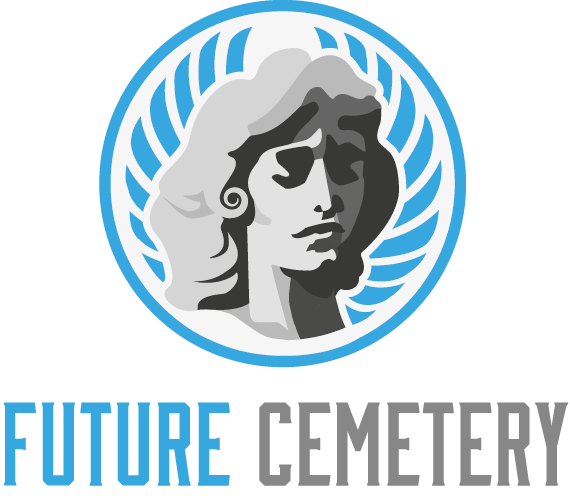
After the loss of a loved one, there’s much to discuss and decide upon. This can be overwhelming, especially when dealing with unfamiliar terms and vocabulary.
A graveyard is a place where people are laid to rest. It’s usually run by a church, and only members of that church are buried in the graveyard.
Location
Although people often use the words “graveyard” and “cemetery” interchangeably, they are different locations for the resting place of deceased persons. A graveyard is more organized than a grave, and it usually isn’t affiliated with a church.
Cemetery burials became common after rapid population growth in the early 19th century overwhelmed churchyards and posed a health risk with the potential for buried matter to infiltrate water supplies and cause diseases such as cholera. Also, the re-use of grave sites can cause distress to family members.
The main difference between a graveyard and a cemetery is that a graveyard is a specific area set aside for burials. A cemetery can be in a churchyard or on non-church grounds. This is why it’s important to understand the differences. It will help you make the best choice for your loved ones when it comes to burials. The location of a graveyard is one of the most important factors to consider when choosing a place to be laid to rest.
Number of Burials
Regardless of whether a person chooses a graveyard or cemetery to lay their loved ones to rest, both offer the opportunity to pay their respects and find closure. While the experience of visiting a graveyard or cemetery is deeply personal, it can also have therapeutic value and can shape one’s sense of identity and meaning.
Many cemeteries are running out of space and re-using old graves is one way to address this issue. However, this can be complicated because the original owner may have died and locating living family members to notify about the re-use can be difficult.
Another emerging option is the memorial forest, where ashes are buried to become a tree or part of an existing one. This can be a meaningful way to reconnect with the natural world and to promote environmental sustainability. In addition, remembrance forests can serve as a peaceful place to visit and provide solace for families who have lost loved ones.
Types
Many cultures view burial as a duty, an act that strengthens family bonds. Early on, this duty was met in graveyards, which were often large places of stones and crypts. As populations grew, these graveyards became overcrowded and unhealthy. As a result, garden cemeteries were introduced in the early 1800s to provide more space and a more natural setting.
The cemetery industry is constantly changing, reflecting the needs of our culture. It is now common to see mausoleums and tombs in a cemetery along with traditional headstones.
Traditionally, church-run graveyards were reserved only for members of the church. But as they ran out of space, non-church-associated cemeteries were established to accommodate people of all faiths. These days, some families prefer to bury their loved ones in columbarium walls instead of burial plots. These walls of niches offer a more cost-effective alternative to a burial plot and allow a smaller plaque to be affixed for the deceased.
Maintenance
Although cemeteries often have grounds keepers that mow the shared areas and clear away trees or other plants that encroach on graves, individual plots are often the responsibility of families to maintain. Families must ensure that headstones and monuments are clean, that withered flowers and other decorative items are removed, and that they follow cemetery regulations regarding grave decorations.
Air pollution and sulfur dioxide deposits on stone can cause dull or dingy appearances, while organic growth (like lichens, mildew and mosses) can also damage the surface of a tombstone. Water damage is also a concern, as salts can penetrate the pores of stone and lead to deterioration.
Before starting maintenance projects, it is important to create a priority list based on the needs of the cemetery. Stabilizing unstable or damaged markers should be a top priority, followed by fixing iron work and stonework. Cleaning is another essential task, but it should always be done with the most gentle methods possible in order to preserve the integrity of the stone.

